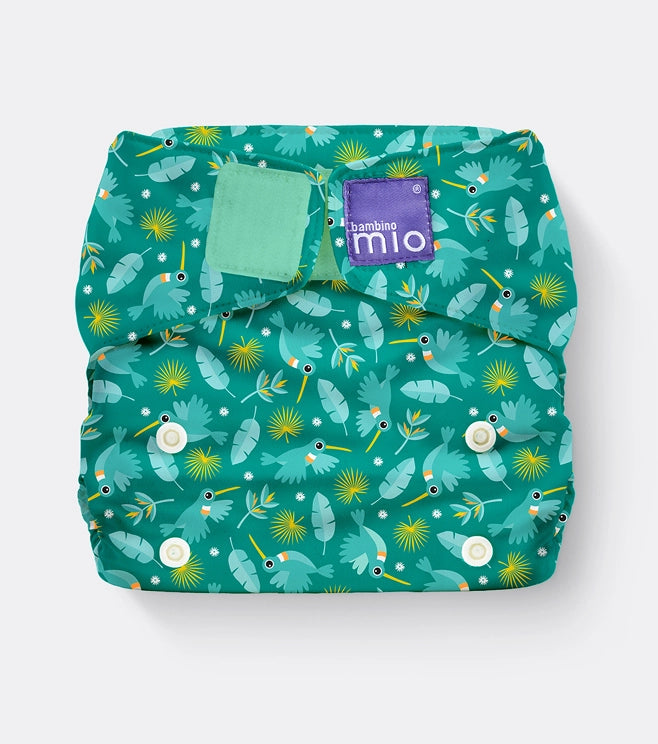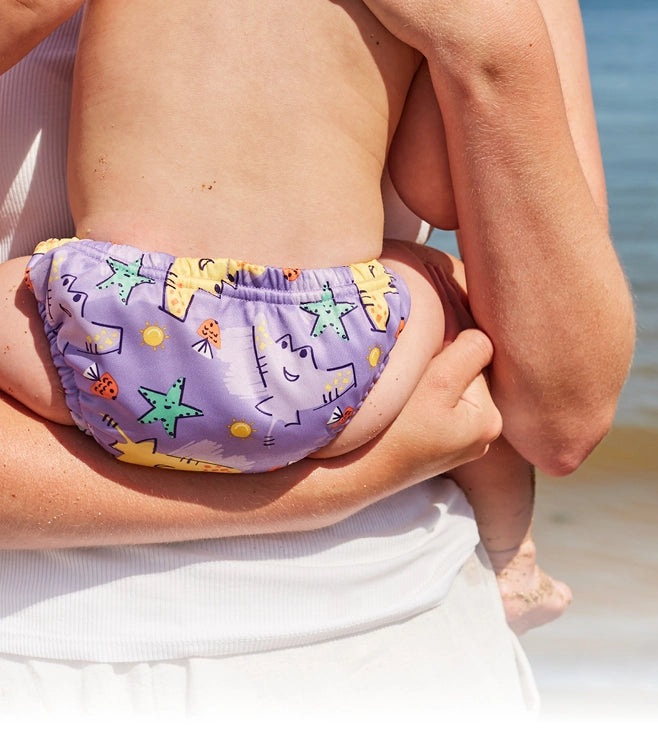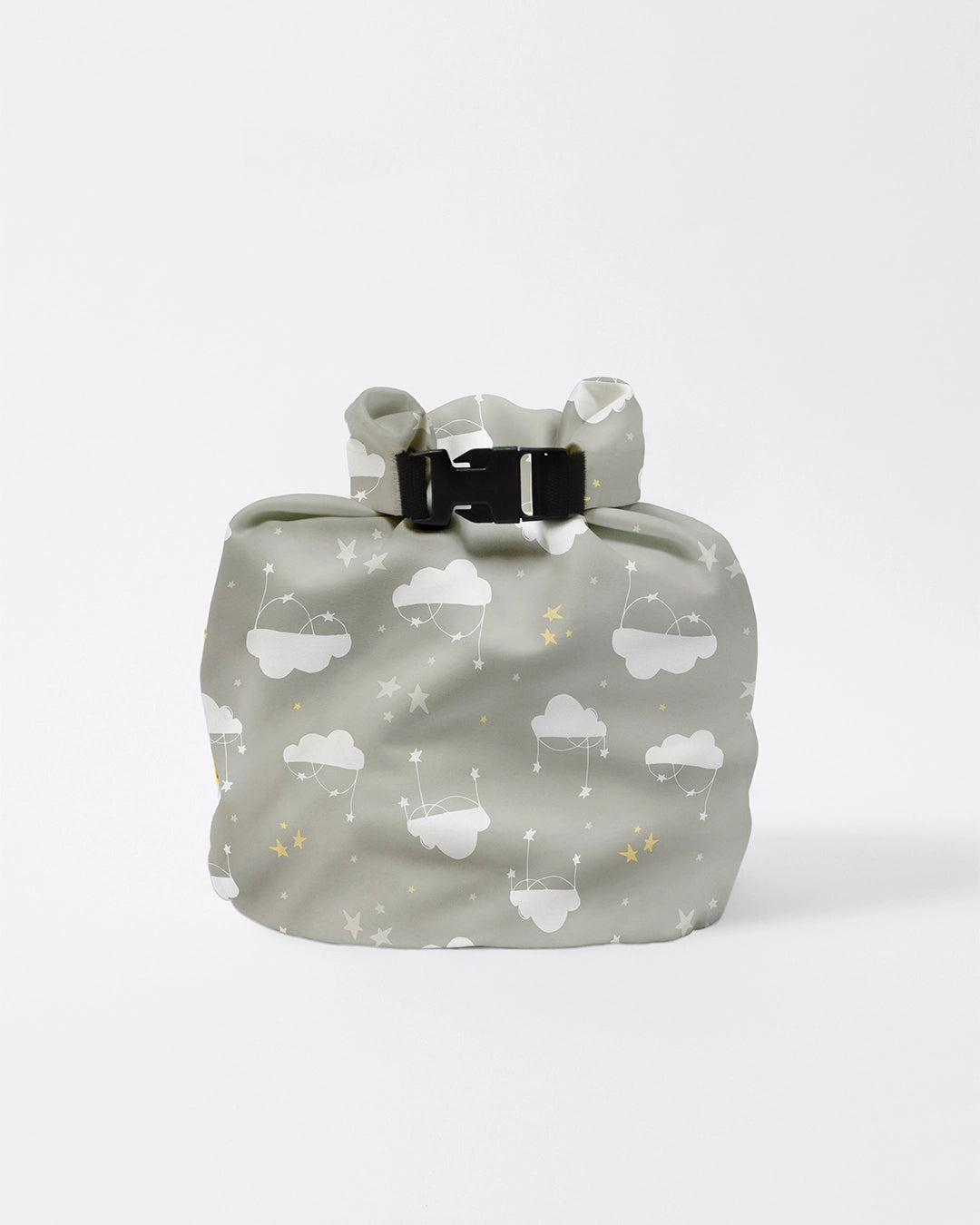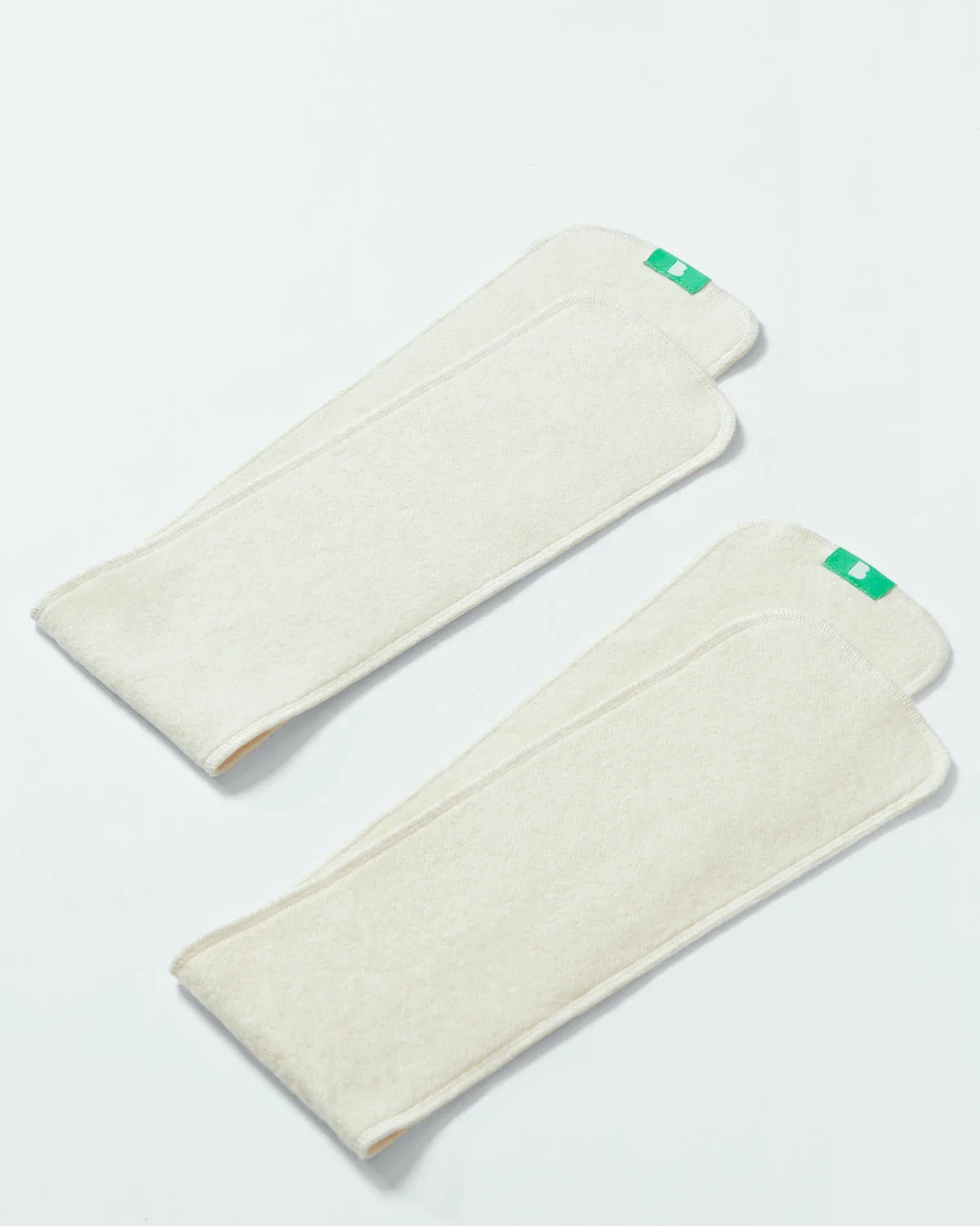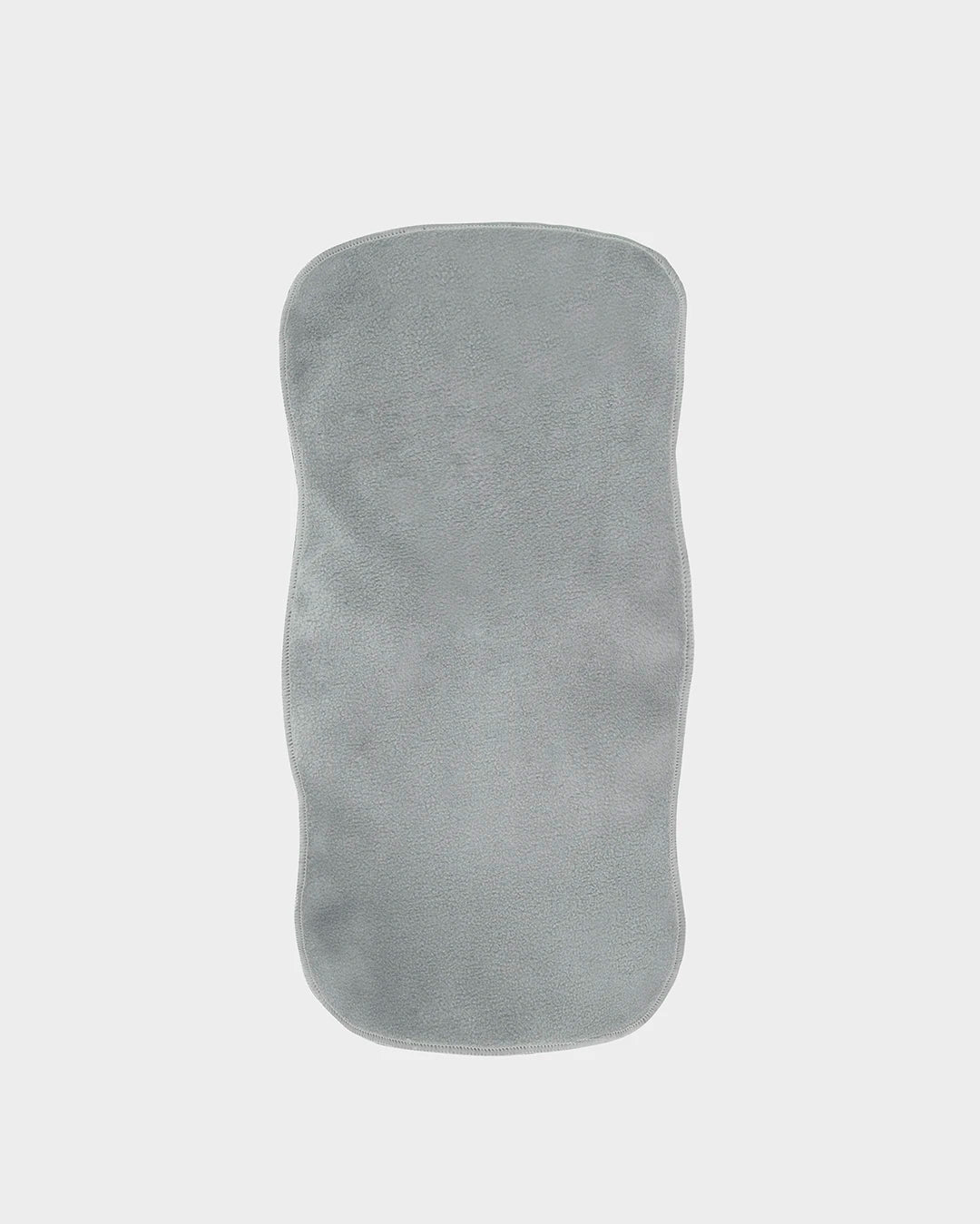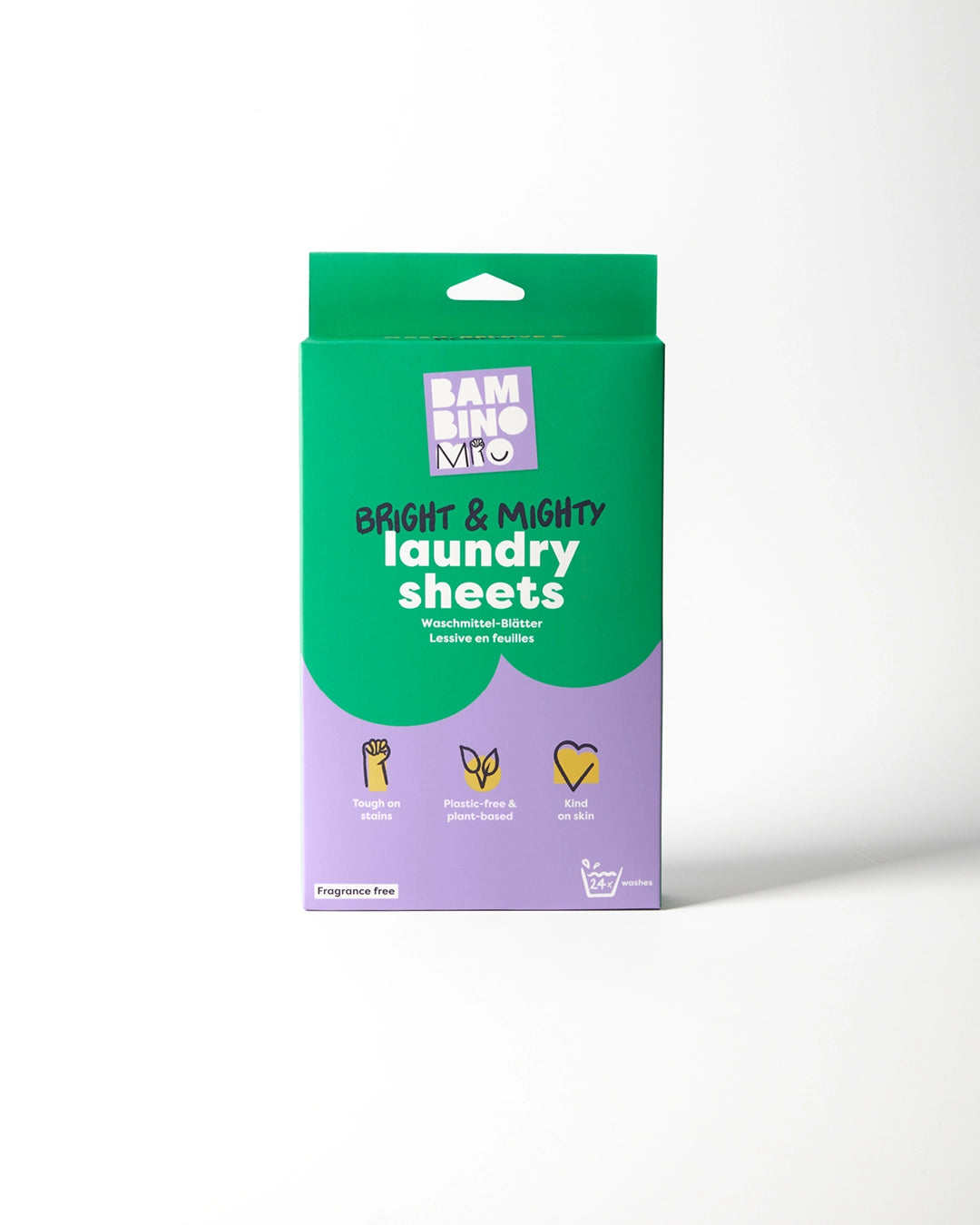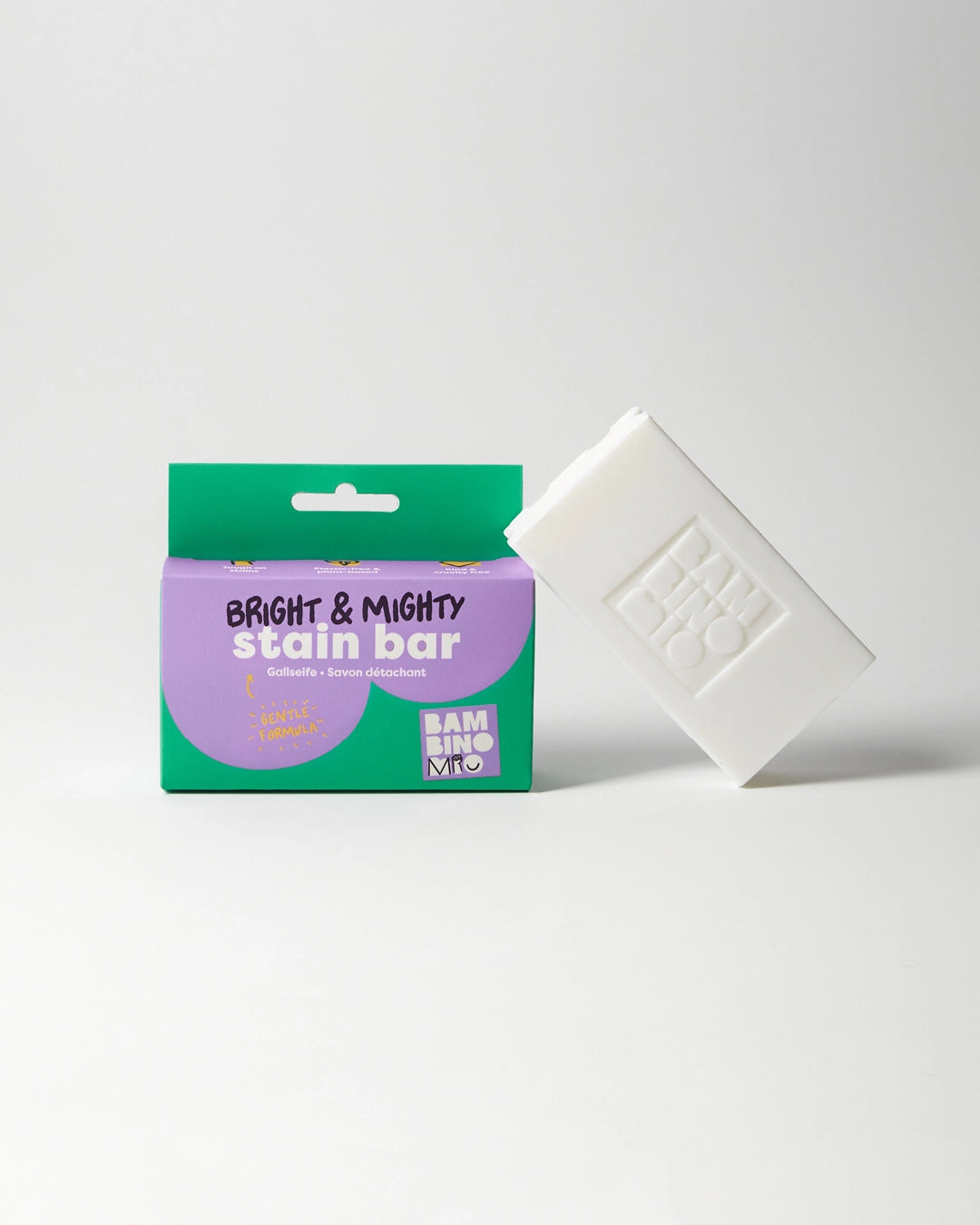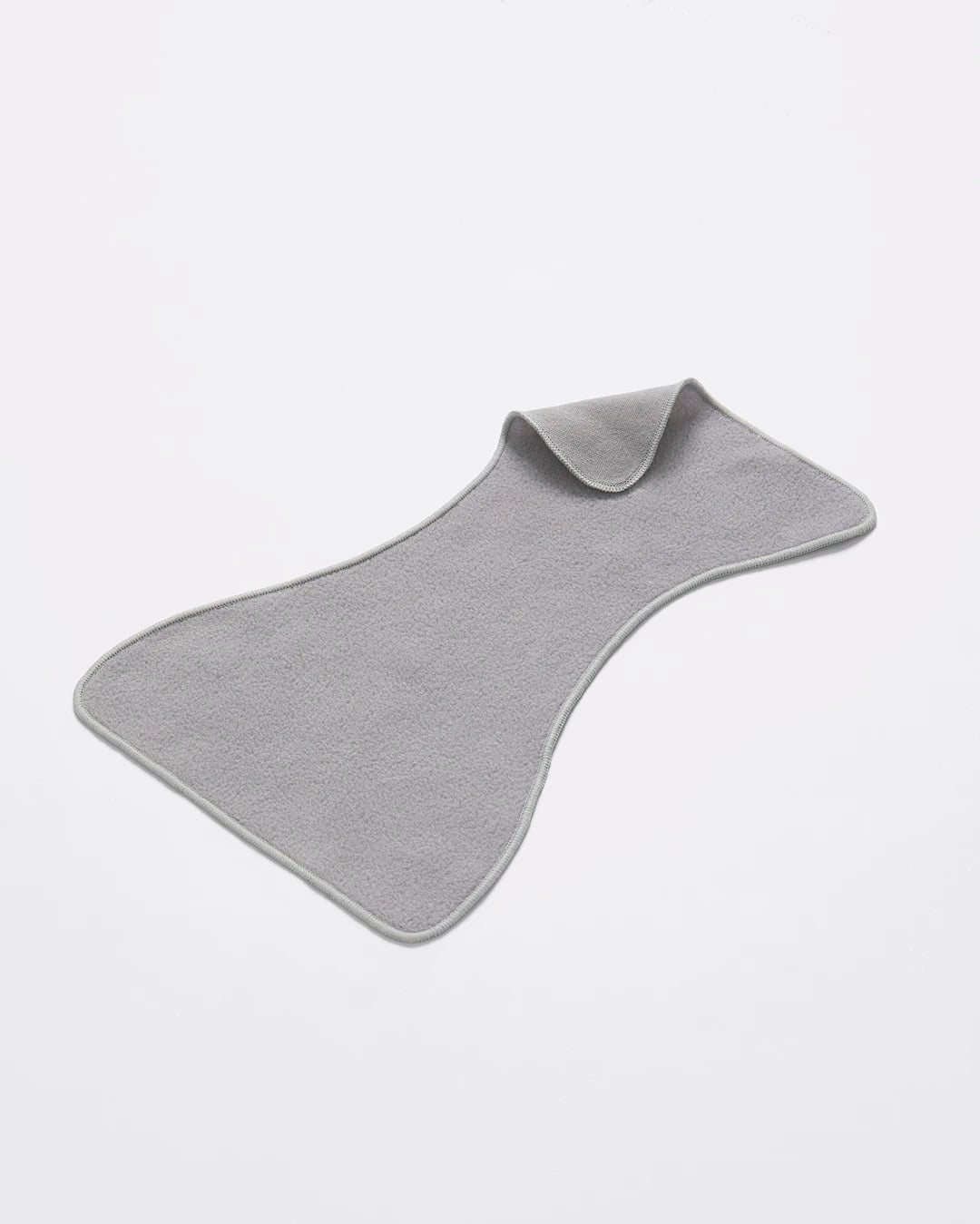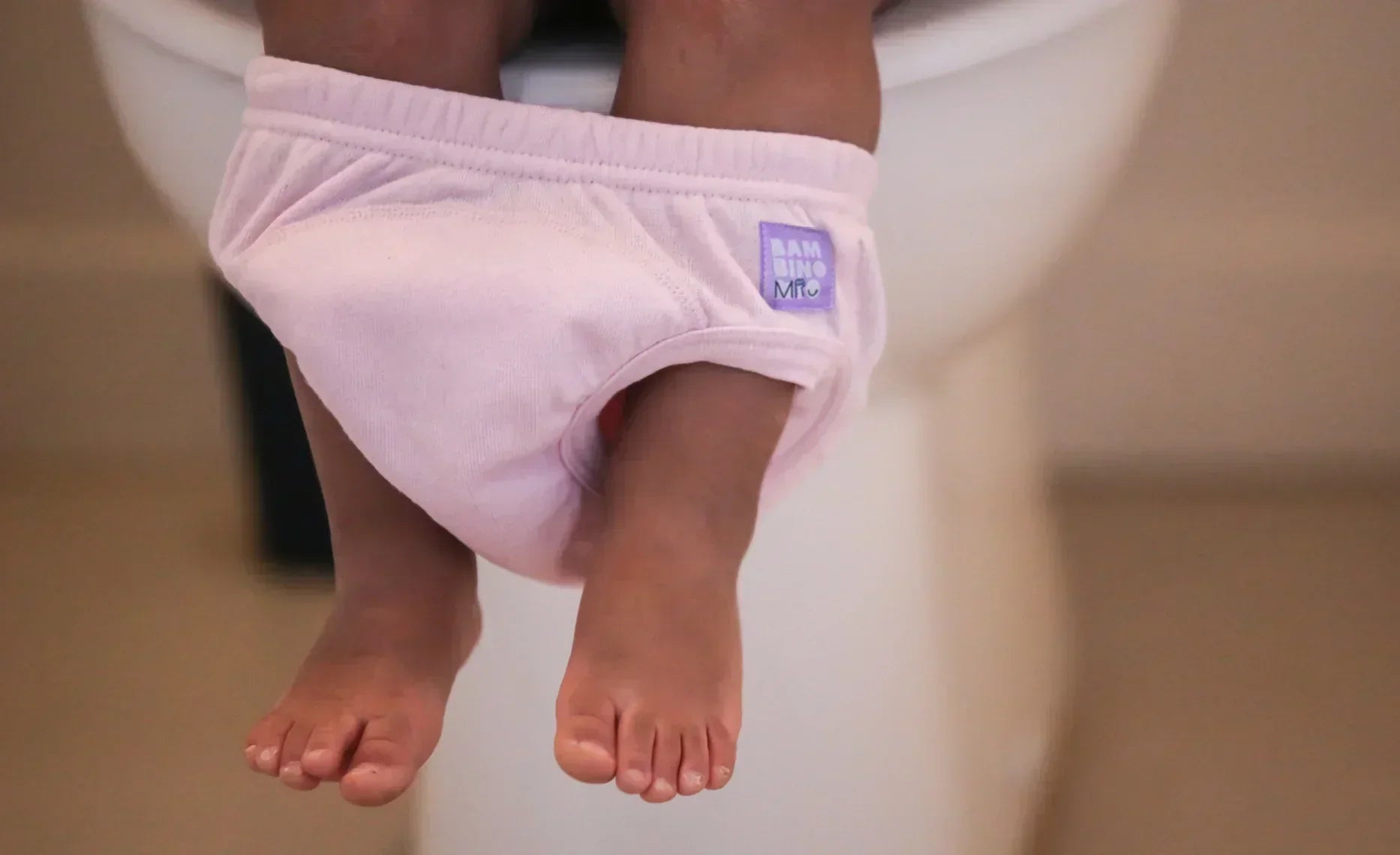Ovum | Glossary of Pregnancy & Baby Term
Share Options
- Bambino Mio
- 31 / 07 / 2023
Inside this Article:
What is an ovum?
An ovum (1) is, in human physiology, a single cell that’s released from one of a woman’s two ovaries (2). Once released, the ovum, or egg, can unite with a sperm (3) cell in a process called fertilisation (4) and develop into a new organism.
How are human eggs created?
The outside of each ovary is covered by the germinal epithelium, a thin layer of cells. These cells surround the immature egg cells, which are actually present in the ovaries from before birth.
Each egg is inside a hollow ball of cells, the follicle, where they mature. It takes around four months for a follicle to develop (5) once it’s stimulated or activated. Some follicles stay dormant for up to 40 years before they mature while others degenerate and are reabsorbed before this happens.
In total, a woman will release between 300 and 400 eggs (6), or ova, before she reaches the menopause (7), at which point almost all of her follicles have degenerated.
What causes the egg follicles to mature?
A hormone produced by the pituitary gland (8), follicle-stimulating hormone (9), also known as FSH, causes an ovum to start maturing. Once the egg has matured sufficiently, the pituitary gland produces another hormone, luteinising hormone (10), which stimulates the egg’s release. The release of the egg is known as ovulation.
More about ovulation
As the egg develops, the follicle walls expand by growing new cells and the follicle and egg migrate through the ovary until they reach the surface, where they cause a bulge. The follicle contains a fluid, secreted by the follicle cells, to keep the egg moist and provide a stable environment.
Once the follicle ruptures, the egg “escapes” from the ovary and is “caught” by the Fallopian tubes, which use muscular contractions to move the egg into the uterus.
The ovum has a nucleus which contains the mother’s genetic material and, once fused with the father’s genetic material, determines the child’s inherited characteristics. The nucleus itself is surrounded by cell plasma, essentially yolk, which provides essential nutrients to the developing ovum.
Fertilisation
It’s during its journey down the Fallopian tubes that an egg will meet a sperm if it’s to be fertilised. If the egg isn’t fertilised within 24 hours after ovulation it starts to degenerate.
If it is fertilised it’ll undergo a series of mitotic divisions (11), becoming a blastocyst before it implants in the womb lining.
Citations and References
- National Institutes of Health (NIH). National Library of Medicine. ‘Molecular Biology of the Cell. Egg.’ 2002. Web. www.ncbi.nlm.nih.gov/books/NBK26842
- National Institutes of Health (NIH). National Library of Medicine. “Anatomy, Abdomen and Pelvis, Ovary.’ 2022. Web. www.ncbi.nlm.nih.gov/books/NBK545187
- National Institutes of Health (NIH). National Library of Medicine. ‘Molecular Biology of the Cell. Sperm.’ 2002. Web. www.ncbi.nlm.nih.gov/books/NBK26914
- National Institutes of Health (NIH). National Library of Medicine. ‘Embryology, Fertilization.’ 2023. Web. www.ncbi.nlm.nih.gov/books/NBK542186
- National Institutes of Health (NIH). National Library of Medicine. ‘Embryology, Ovarian Follicle Development.’ 2022. Web. www.ncbi.nlm.nih.gov/books/NBK532300
- Healthline. ‘How Many Eggs are Women Born With? And Other Questions About Egg Supply.’ 2023. Web. www.healthline.com/health/womens-health/how-many-eggs-does-a-woman-have
- National Institutes of Health (NIH). National Institute on Aging. ‘Health Topics A to Z. What is Menopause?’ 2021. Web. www.nia.nih.gov/health/what-menopause
- National Institutes of Health (NIH). National Library of Medicine. ‘Physiology, Pituitary Gland.’ 2023. Web. www.ncbi.nlm.nih.gov/books/NBK459247
- National Institutes of Health (NIH). National Library of Medicine. ‘Physiology, Follicle Stimulating Hormone.’ 2023. Web. www.ncbi.nlm.nih.gov/books/NBK535442
- National Institutes of Health (NIH). National Library of Medicine. ‘Physiology, Luteinizing Hormone.’ 2022. Web. www.ncbi.nlm.nih.gov/books/NBK539692/
- National Institutes of Health (NIH). National Library of Medicine. MedlinePlus. ‘How Do Cells Divide?’ 2021. Web. medlineplus.gov/genetics/understanding/howgeneswork/cellsdivide



